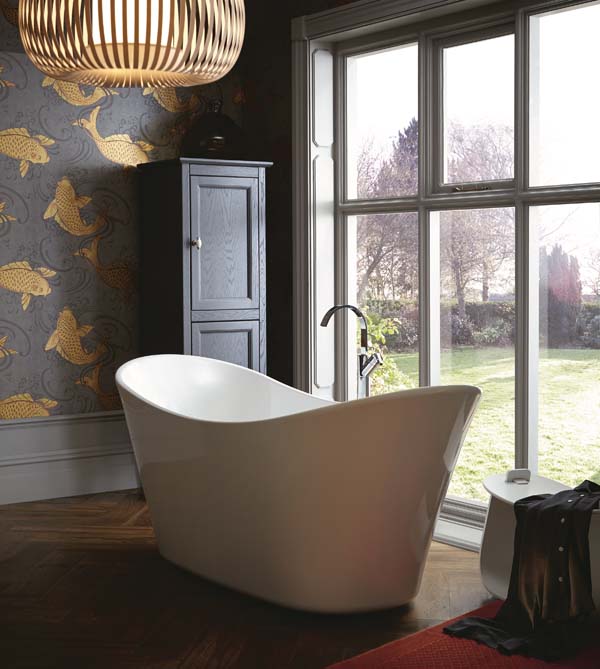 With news that nearly two thirds of us have not renovated our bathroom in the last five years, is it time your smallest room had a refit?
With news that nearly two thirds of us have not renovated our bathroom in the last five years, is it time your smallest room had a refit?
A recent survey from Shower Selector found that:
- 31% of Brits have not decorated or renovated their bathroom in over five years
- 18% are in the middle of a bathroom renovation
- 16% last renovated their bathroom between two and five years ago
- 11% of UK homeowners updated their bathroom between just six months and a year ago
So, with that in mind, here are our seven simple steps to the bathroom of your dreams:
- Work out your budget. A new bathroom neednÔÇÖt be expensive, but it depends on where you shop and how much of the work you are prepared to do yourself. Get quotes from online and in-store bathroom shops and donÔÇÖt forget to factor in delivery and labour costs. If youÔÇÖre not confident about plumbing but handy at decorating, you can hire contractors to install the bathroom then save money by doing the tiling and painting yourself.
- Plan ahead. Work out how long the job will take and how you are going to manage whilst itÔÇÖs being done – particularly if you donÔÇÖt have another loo! Check and double check measurements and factor in extra time (and budget) for unforeseen problems that might be uncovered along the way.
- Grand designs. Having a stylish bathroom is not all about buying the latest trends – in fact, often, just the opposite is true. When designing your refit, consider the age and style of your home, as well as your familyÔÇÖs size and lifestyle. Freestanding baths can look fantastically elegant in the right setting but would a fitted suite work better? Factor in existing wiring and plumbing and consider whether it can be moved or whether youÔÇÖll just to have to work with the current layout. Lastly, think about resale value in case you move. You might think those purple tiles and glitzy chandelier are the epitome of good taste but potential buyers might not agree!
- Walls and floors. Waterproof walls and floors are a must, and thereÔÇÖs a lot of choice on the market to suit all budgets. Marble, ceramic or granite tiles look stunning and are highly durable, but vinyl floor tiles can look just as effective at a much smaller cost. Remember that the flooring needs to be slip-resistant or, at the very least, buy a selection of high-quality, non-slip mats! Choose specific bathroom paint over standard versions as it features moisture and steam protection – and is even available in marble effect these days!
-
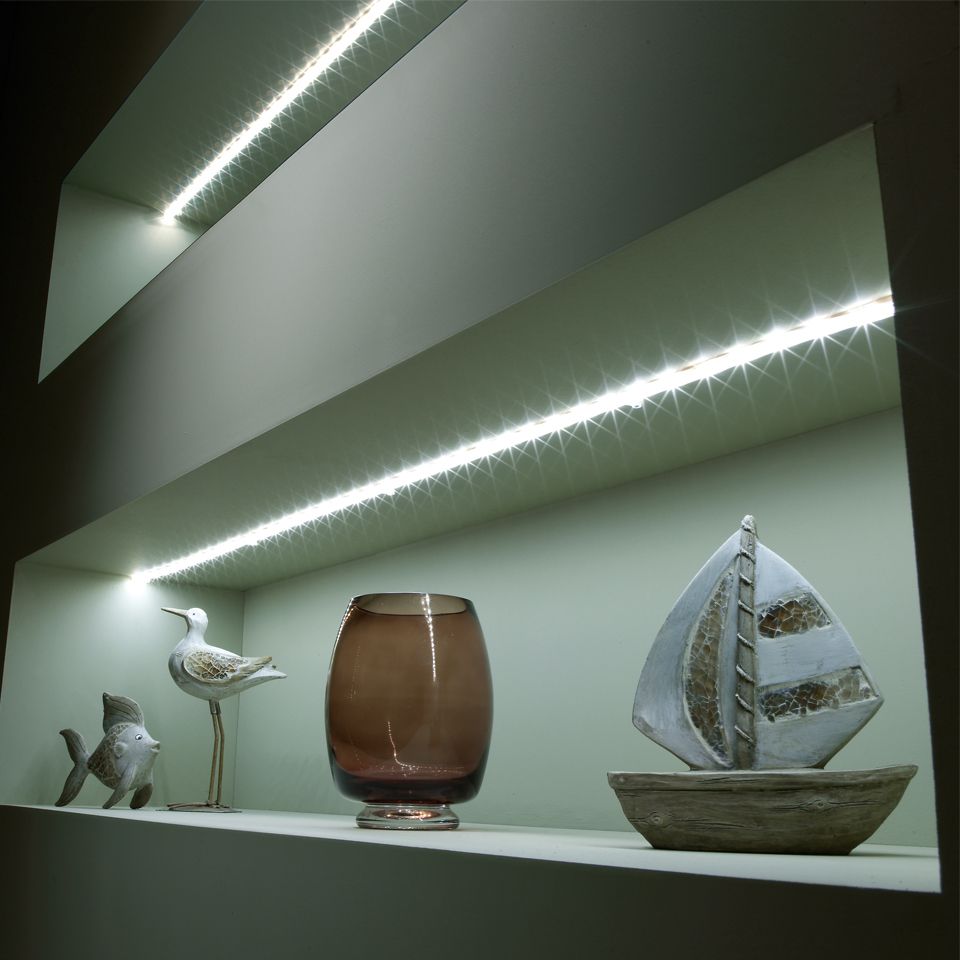 Right lighting. Bathroom lighting needs to strike a fine balance between creating a calming atmosphere for a relaxing bath whilst providing the right light to allow you to shave or put on make up! Consider a feature ceiling light or downlights to create the right mood, with cabinet strip lights or a mirror light to carry out those close-ups. Due to the presence of water in the bathroom, lighting must meet a minimum IP rating, depending on its location, to reduce the risk of electric shock. HereÔÇÖs a handy guide to bathroom ÔÇÿzonesÔÇÖ and IP ratings applying to each.
Right lighting. Bathroom lighting needs to strike a fine balance between creating a calming atmosphere for a relaxing bath whilst providing the right light to allow you to shave or put on make up! Consider a feature ceiling light or downlights to create the right mood, with cabinet strip lights or a mirror light to carry out those close-ups. Due to the presence of water in the bathroom, lighting must meet a minimum IP rating, depending on its location, to reduce the risk of electric shock. HereÔÇÖs a handy guide to bathroom ÔÇÿzonesÔÇÖ and IP ratings applying to each.
- Ventilation. Good ventilation in a bathroom is essential to reduce condensation and eliminate smells. If the bathroom is in a new extension to your home, the GovernmentÔÇÖs planning portal says that it should have a mechanical extraction fan, but many homeowners also choose to install them in existing bathrooms. Some fans have timers, which are good for saving energy, whilst you can also buy high-powered inline fans with built-in LED lights.
- Accessorize. Once the refit is complete, all thatÔÇÖs left is to accessorize and, if your bathroom was done on a budget, this is where you can really glam it up! From shower curtains and bathmats to toothbrush caddies and loo roll holders, hereÔÇÖs your chance to ÔÇÿsplashÔÇÖ out on the small details!
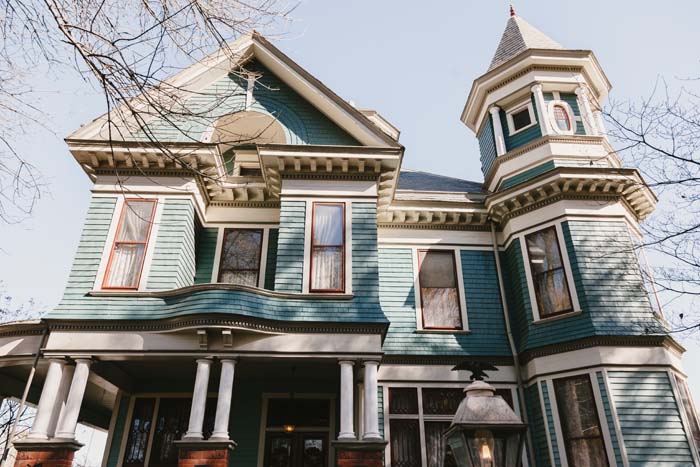
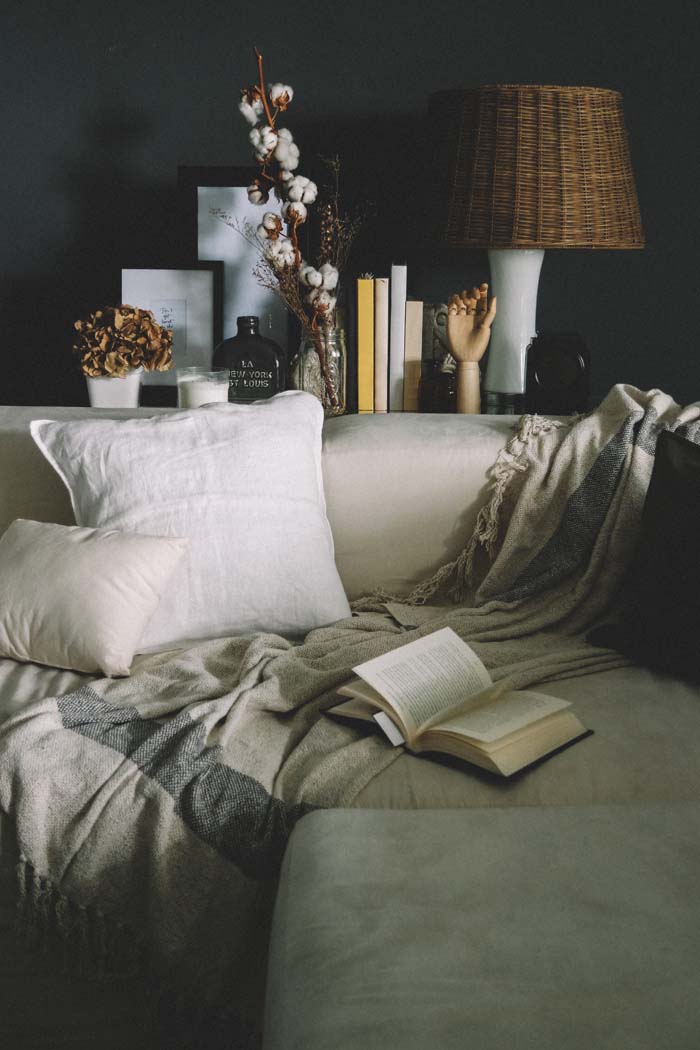
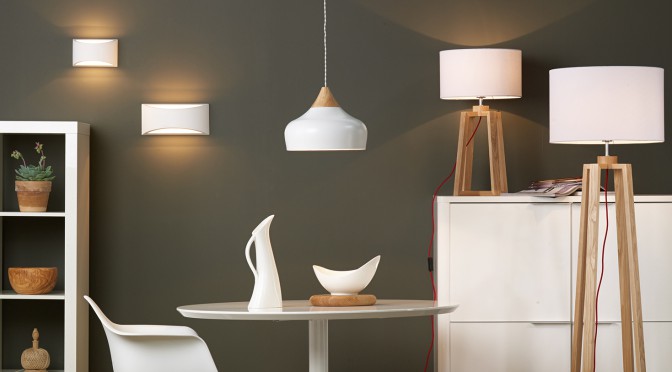
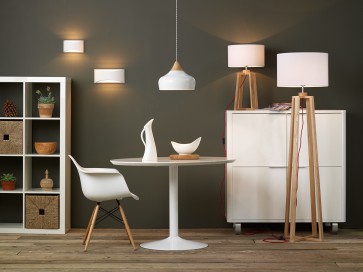 If youÔÇÖve been admiring the cool, calm and collected look, that is all things Scandinavian – then there is no better time than Spring to inject some clean, Nordic inspired lines into your
If youÔÇÖve been admiring the cool, calm and collected look, that is all things Scandinavian – then there is no better time than Spring to inject some clean, Nordic inspired lines into your 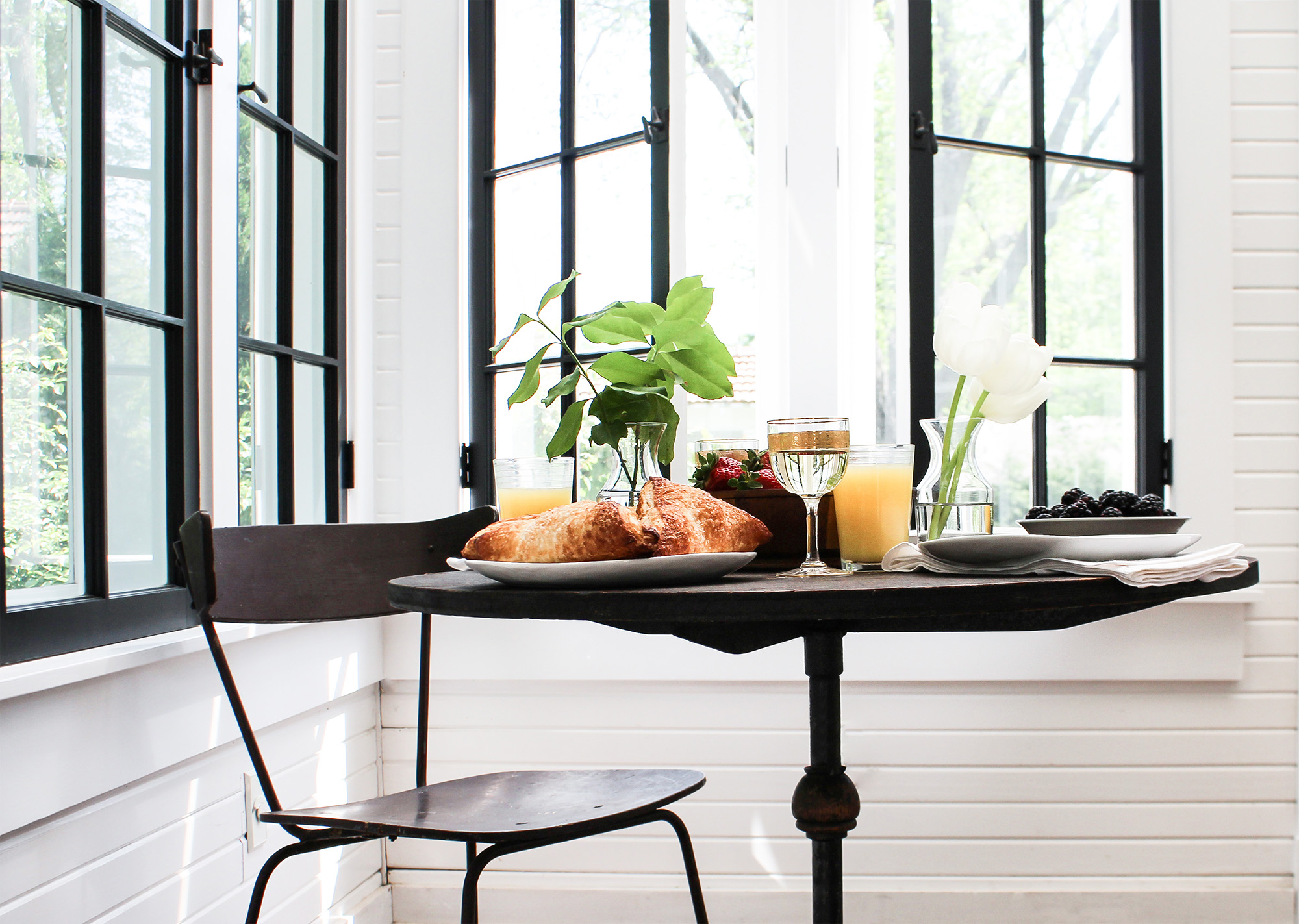 Not featuring much in in the way of curtains or window drapes, the Scandi look aims lets in as much light as possible. While some may bolt at the idea of losing a trusty pair of curtains, there are ways to maximise the amount of light that you let in through a window. Hanging them a few inches higher and wider than usual, will allow more of the fabric to sit against the wall, as opposed to the window. Using thinner fabric for blinds will stop you blocking the light from seeping through, and still allow you to keep your nosy neighbours out!
Not featuring much in in the way of curtains or window drapes, the Scandi look aims lets in as much light as possible. While some may bolt at the idea of losing a trusty pair of curtains, there are ways to maximise the amount of light that you let in through a window. Hanging them a few inches higher and wider than usual, will allow more of the fabric to sit against the wall, as opposed to the window. Using thinner fabric for blinds will stop you blocking the light from seeping through, and still allow you to keep your nosy neighbours out!
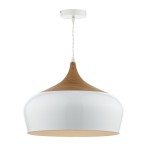 Use a (predominantly) white palette
Use a (predominantly) white palette